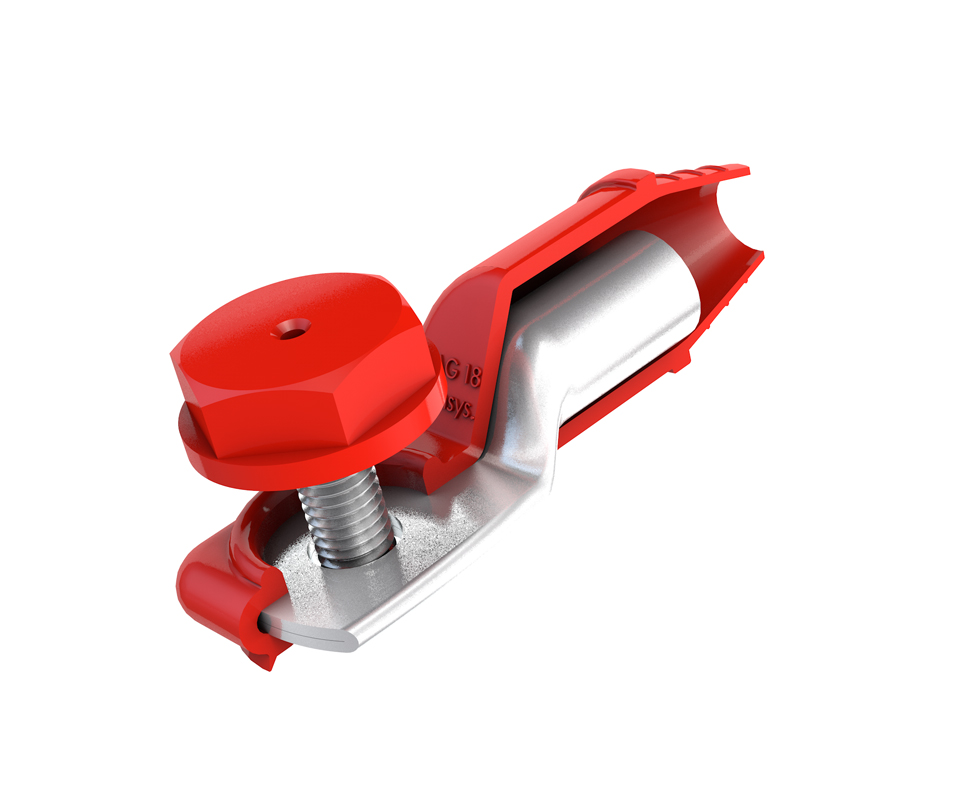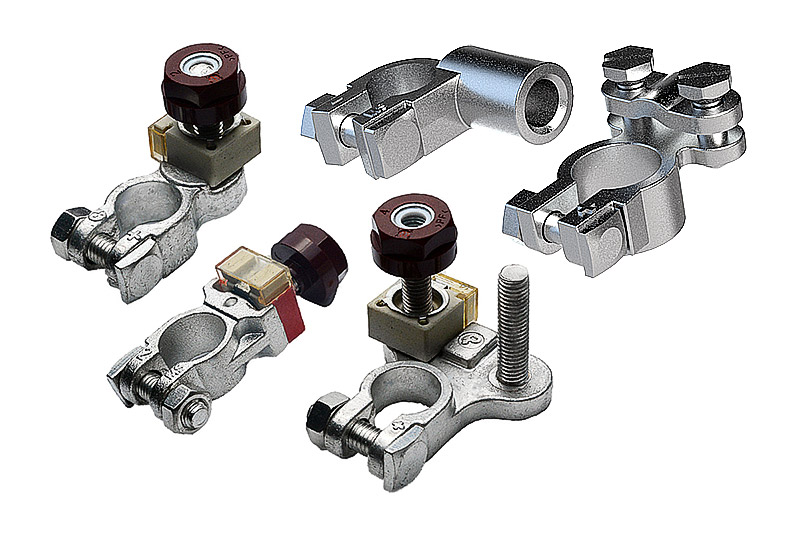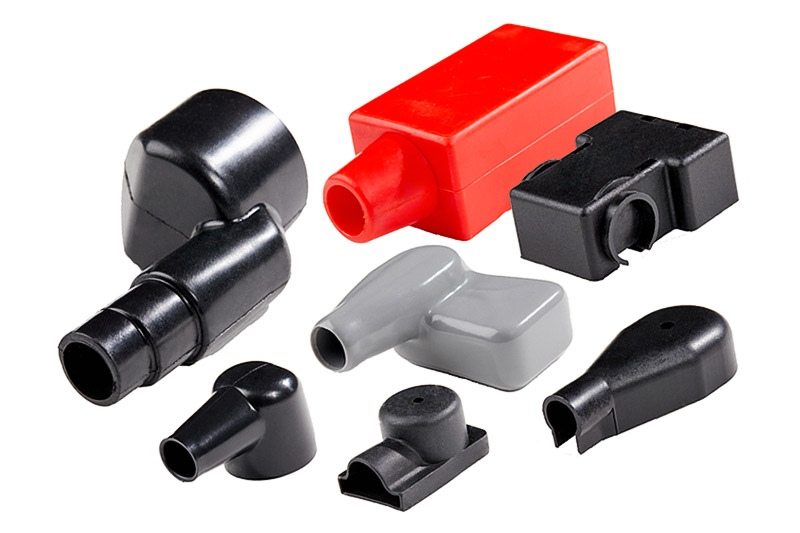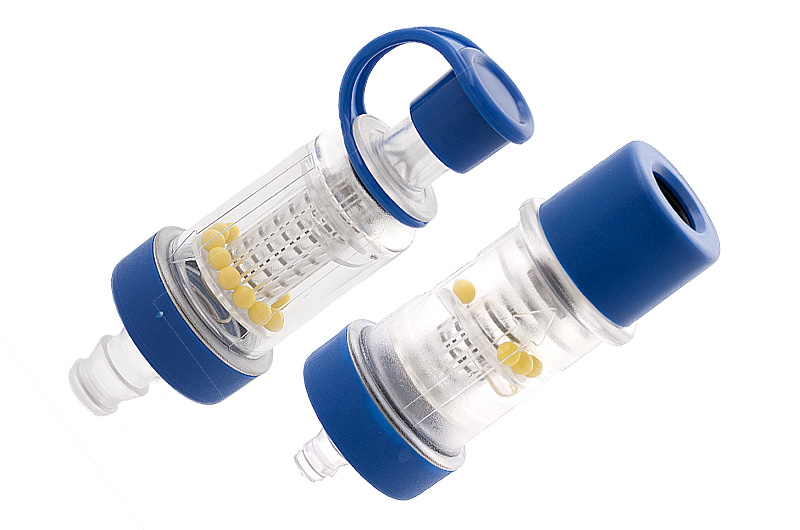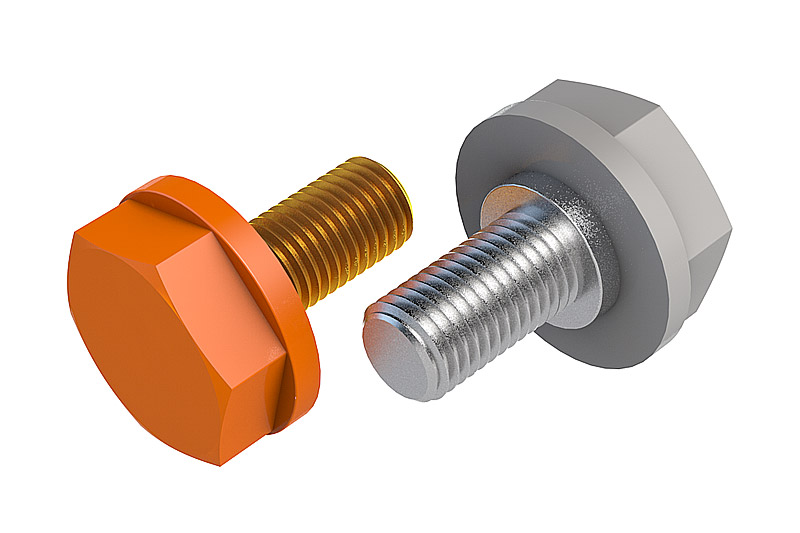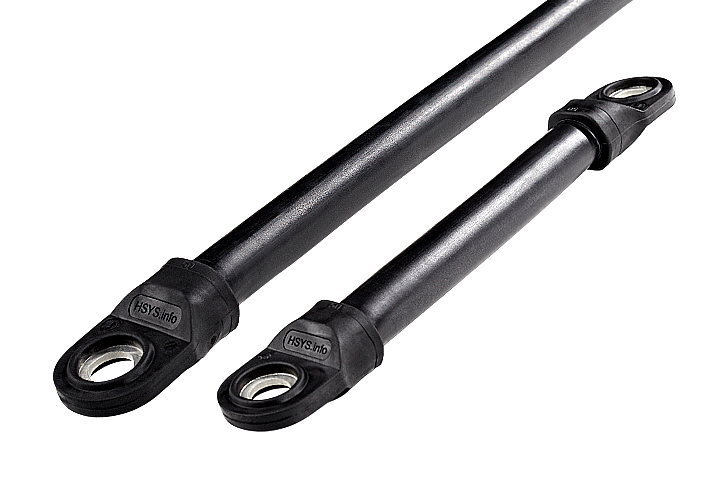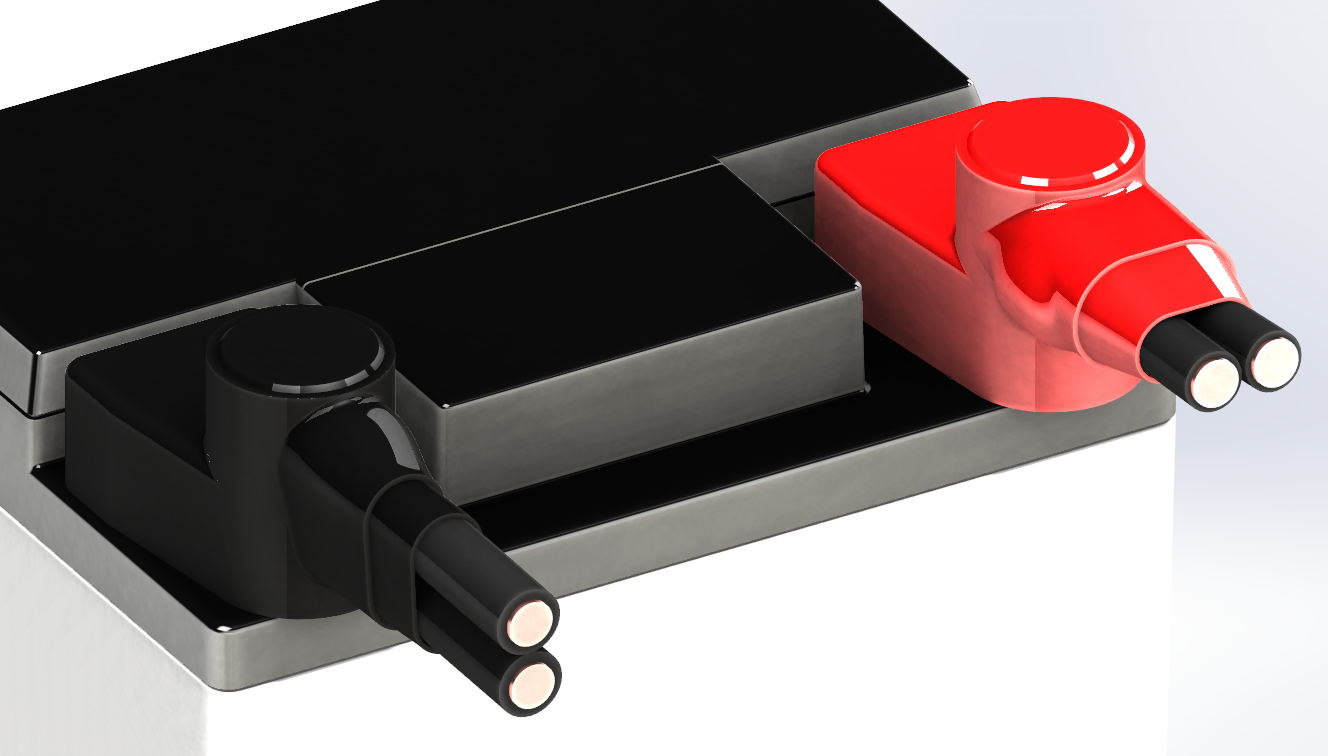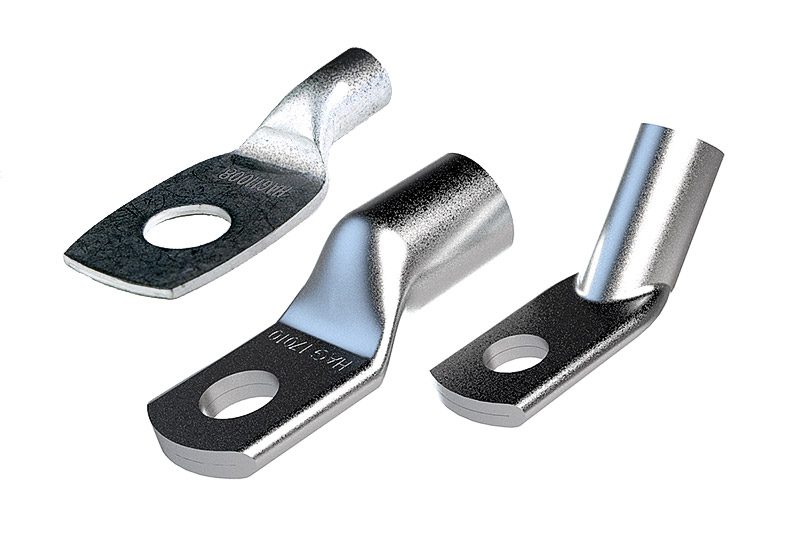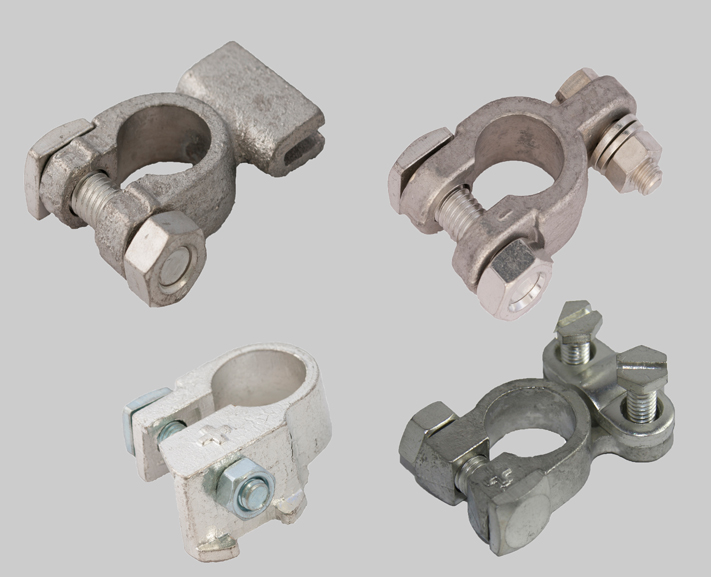Our top 5 tips
for the right choice of battery terminals
Do you frequently have problems with battery terminals in your day-to-day work?
Do you want to know what makes different types of terminals for battery connections so special and what you need to consider when buying battery terminals?
Here are our top 5 tips for the right selection of battery terminals
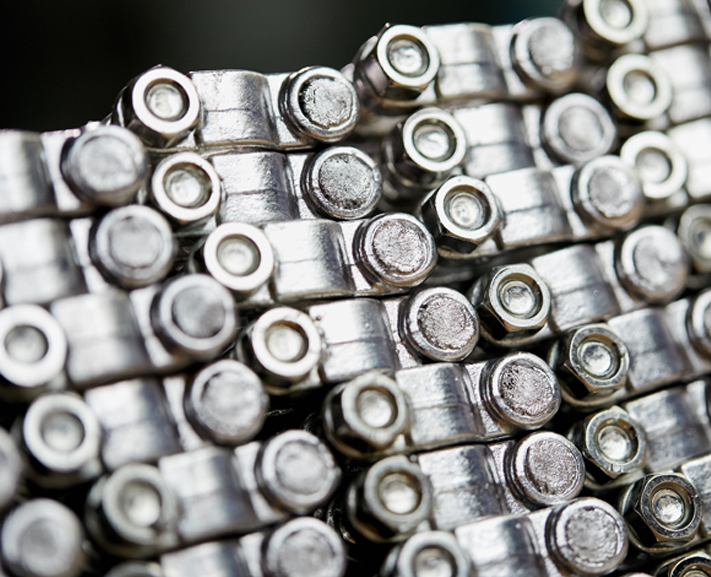
1. Type selection
-
1battery terminals to screw
-
2solder battery terminals
-
3crimp battery terminals
-
4band terminals
-
5special molded parts
Choosing correctly saves money.

2. Surface coating
The surface makes the difference.
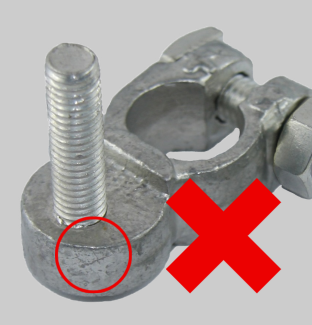
Rough surface
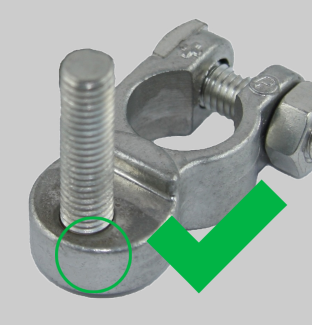
Smooth surface
3. Screw fitting
A comparison.
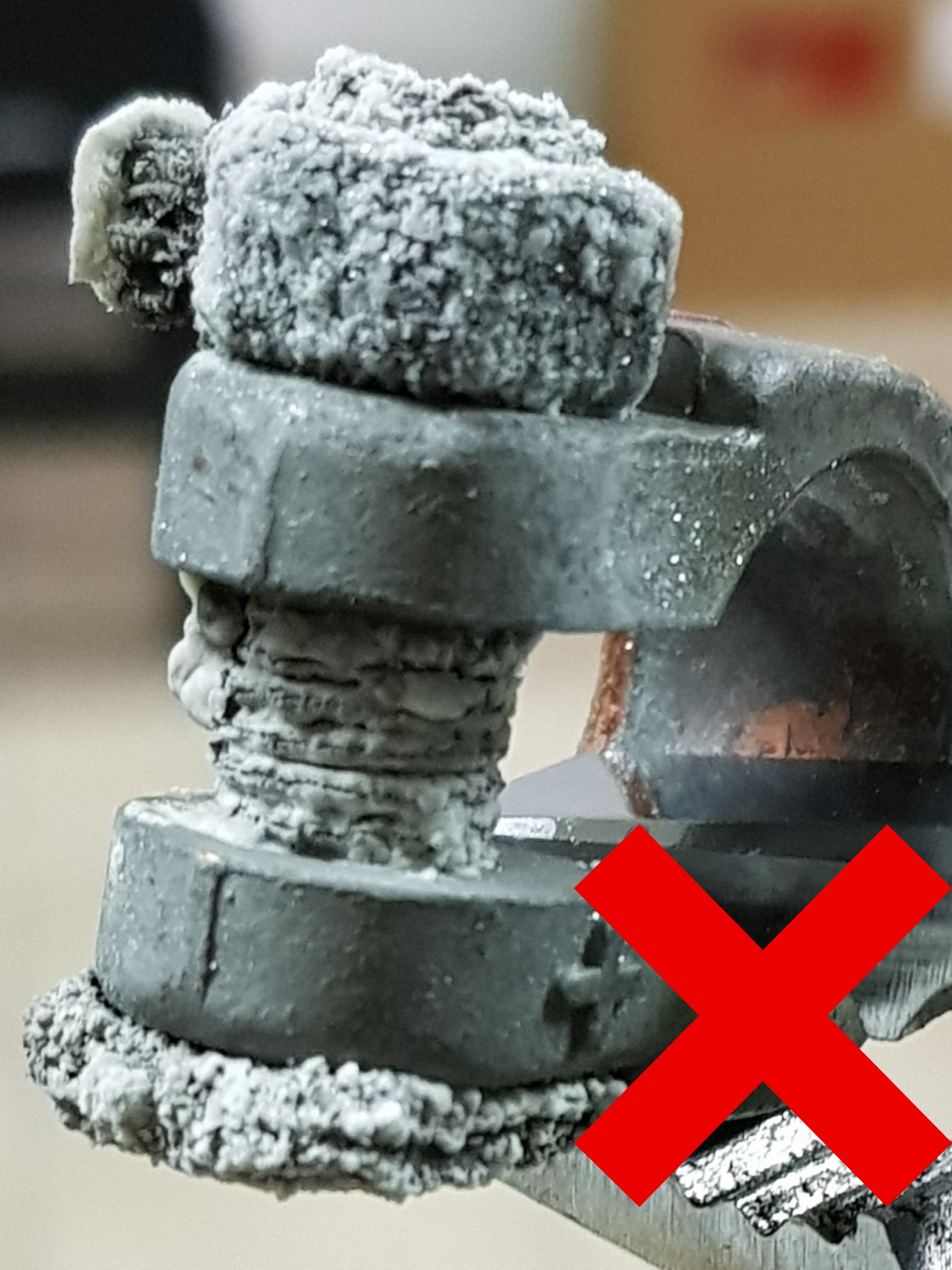
Not tin-plated
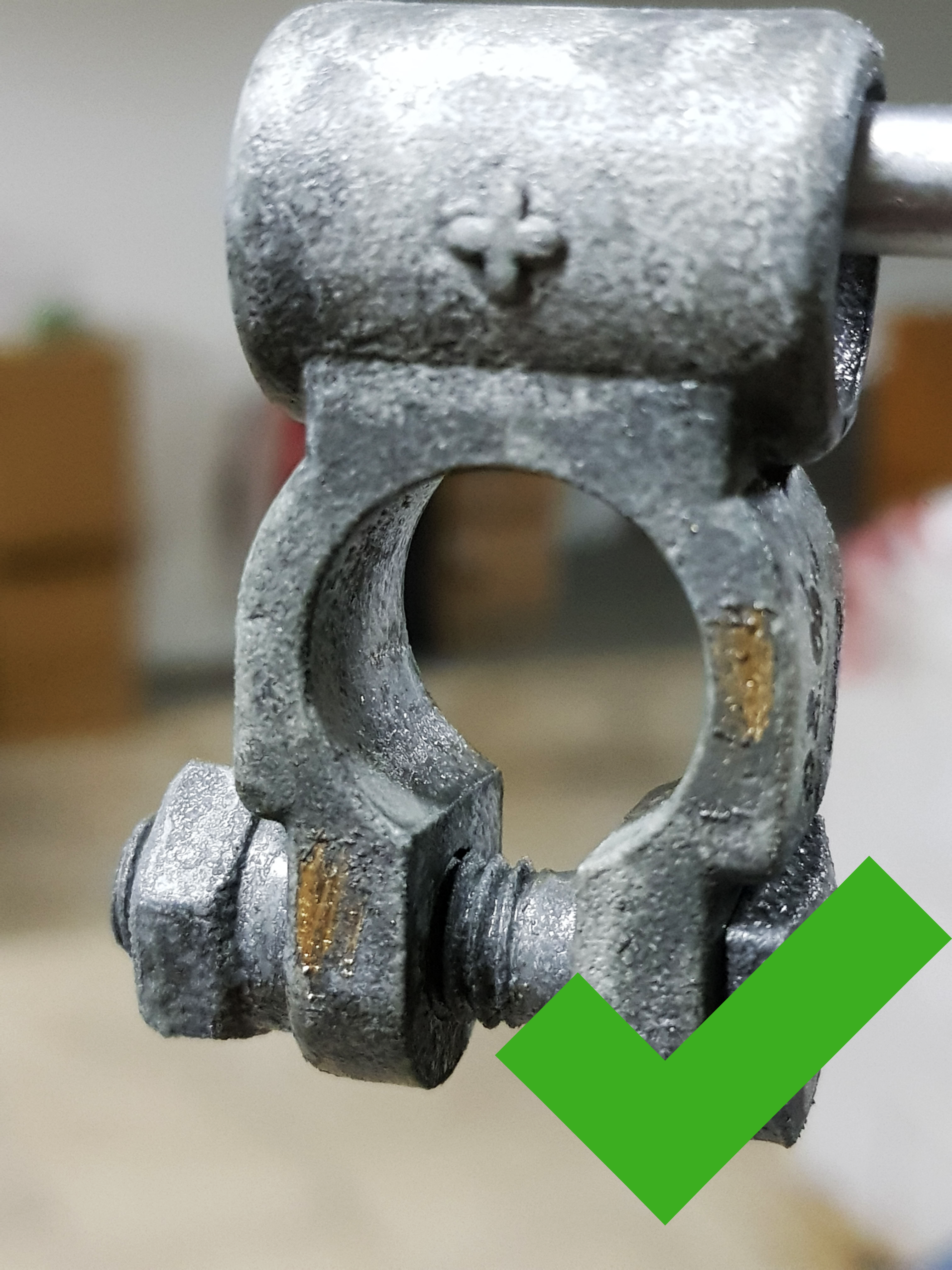
Tinned
4. Manufacturing process
Brittle fracture on a cast iron terminal
Attempt of breakage on a pressed terminal
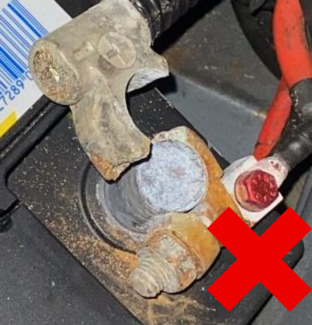

What should also be taken into account when buying a battery terminal is the type of manufacture and thus the area of application. Depending on the application and requirements, it makes sense to use battery terminals made using different manufacturing processes.
A cast terminal, for example, is manufactured using the permanent mold or sand casting process.
It has a low material input weight and is therefore less expensive, but due to the manufacturing process it has a fragile microstructure. Under heavy mechanical loads or vibration, the weak structure can quickly lead to fracture.
We also recommend not using a cast terminal in applications where bending and torsion may occur. The cast terminal is cheap to produce, but it is only suitable for applications where there are no high continuous stresses or high safety requirements.
In addition to cast terminals, there are also terminals made of solid material, which are often milled. The material costs are very high in this case. In addition, the material is very hard so that it can be machined.
The edges are sharp and there are no radii in the form of soft transitions. Therefore, such terminals are susceptible to notch effects, which in turn can lead to breakage. Terminals made of solid material are not suitable for crimped connection technology in particular, as a forming process takes place during crimping, which contradicts the material hardness of the terminal.
The pressed terminal, on the other hand, is forged in the hot forming process. A pressed terminal has a higher material input weight and is adapted to forming and subsequent machining. They are therefore particularly suitable for mechanical and dynamic influences such as vibration, torsion or bending.
Due to the manufacturing process, the components are void-free and have a viscoplastic microstructure, which makes them particularly suitable for crimping.
A pressed terminal will always be more expensive than other battery terminals because of the way it is manufactured, but it offers many advantages and can be used universally for any application. For example, in the case of high continuous stress and safety requirements, we recommend the use of pressed terminals only. We say, better buy right once instead of buying cheap twice.
5. Climatic and environmental influences


